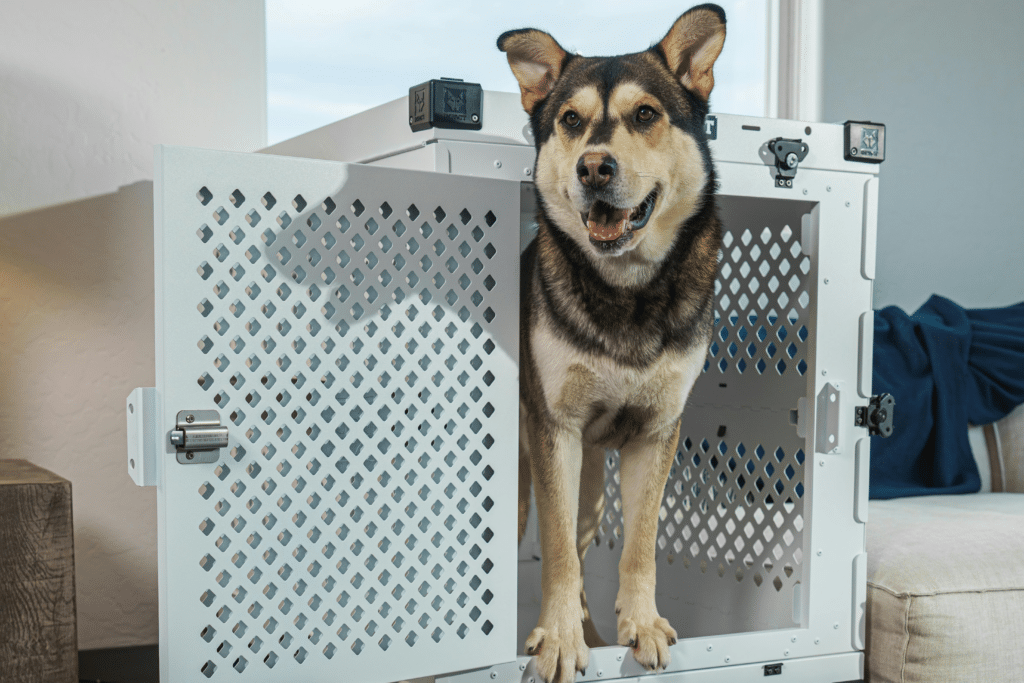Safely and Legally Transporting Your Scaly Companions
Shipping reptiles safely requires more than just a box and a label—it demands planning, precision, and a deep understanding of your scaly companion's unique needs. Whether you're relocating across the country or internationally, ensuring your reptile's safe journey is paramount.
Reptiles present unique challenges during transportation that other pets don't. As ectothermic (cold-blooded) animals, they rely on external heat sources to regulate their body temperature. Additionally, different species have vastly different requirements for humidity, space, and handling. These factors make reptile shipping a specialized process that requires expert attention.
Before planning any reptile shipment, it's crucial to understand the legal framework governing reptile transportation:
The Convention on International Trade in Endangered Species of Wild Fauna and Flora (CITES) regulates the international movement of many reptile species. Depending on the species, you may need:
Within the United States, reptile transportation is governed by:
Many reptile species are protected under international or domestic law. Always verify the legal status of your reptile before planning any shipment. Illegal transportation of protected species carries severe penalties, including fines and imprisonment.
Proper preparation is essential for a safe journey:
Schedule a veterinary examination before transport to:
Adjust feeding schedules before transport:
The shipping container is critical to your reptile's safety:
For reptile shipping, consider these specialized container options:
Temperature control is perhaps the most critical aspect of reptile shipping:
Different reptiles require different temperature ranges:
Consider including temperature monitoring devices in shipments, especially for valuable specimens or long-distance transport. Digital temperature loggers can provide a record of conditions throughout the journey.
For most reptile owners, professional shipping services offer the safest option:
When selecting a professional service, consider:
Proper handling upon arrival is just as important as the preparation:
After transport, monitor your reptile for:
At Pets Travel International, we understand the unique challenges of reptile transportation. Our specialized services include:
Shipping reptiles safely requires specialized knowledge, careful planning, and attention to detail. By understanding the unique needs of your reptile species, preparing properly, and working with experienced professionals, you can ensure your scaly companion arrives safely at its destination.
Whether you're moving across the country or around the world, Pets Travel International has the expertise to transport your reptile safely and legally. Contact our team today to discuss your reptile's specific transportation needs.

Our specialized team has extensive experience in safely transporting reptiles of all species worldwide.

Relocating with pets can feel overwhelming. Between paperwork, transportation logistics, health requirements, and your pet's well-being, it's a lot to manage alone.

Whether you're relocating across the country or moving overseas, finding a reliable pet transport service is crucial to ensuring your pet's comfort, safety, and well-being.

From domestic relocations to international pet shipping, discover our full range of professional pet transportation services designed for your pet's comfort and safety.
Our specialized team can ensure your scaly companion's safe and legal transport anywhere in the world.